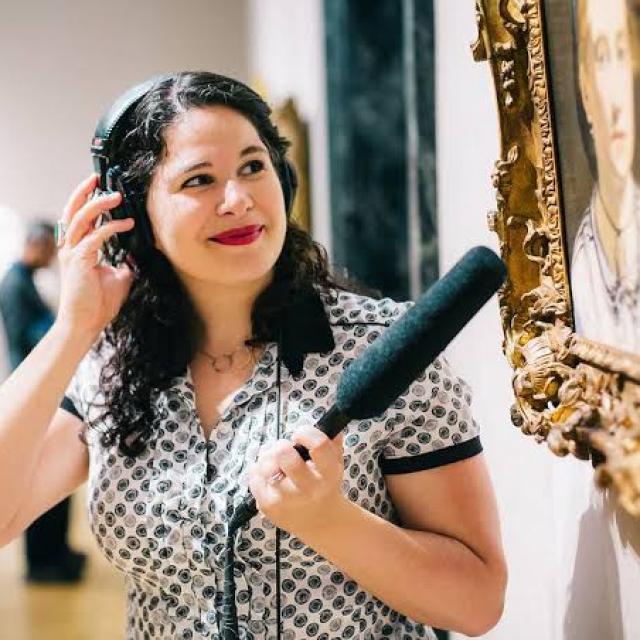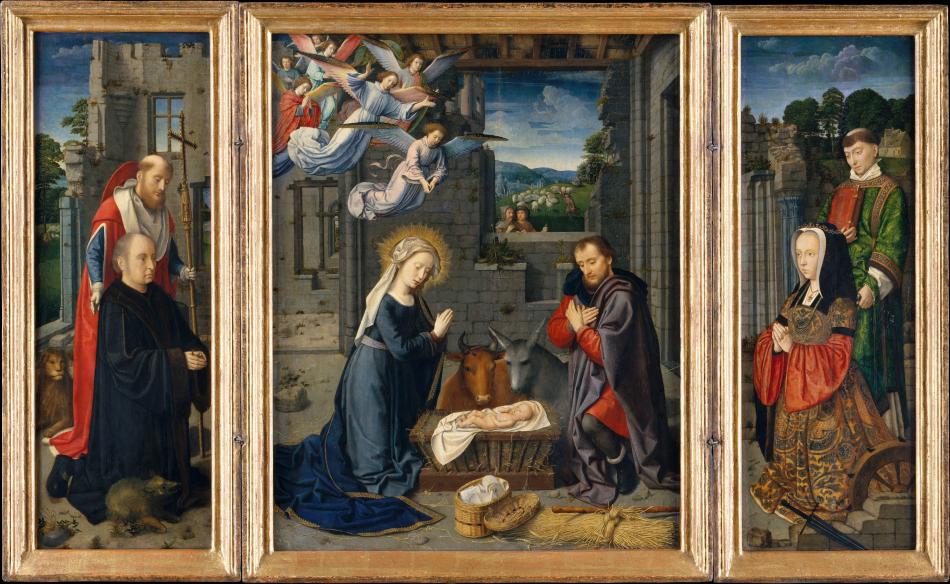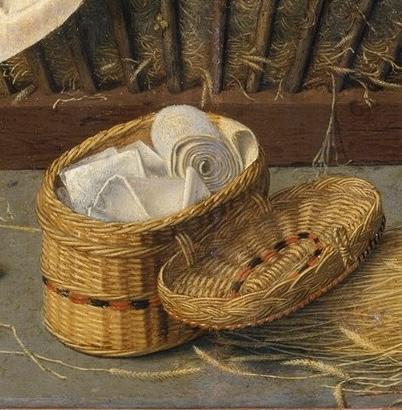In Plain Sight: Finding Your First (Art) Love

Courtesy of the National Gallery of Art Archives.
How do you look at a 400-year-old painting of cows and actually care?
It’s a question that many museum visitors ask as they wander through galleries of historic art. Sure, the technical skill is impressive, but what are you supposed to feel when you’re staring at yet another landscape? Another portrait of someone in fancy clothes? Or another religious scene you don’t quite understand?

River Landscape with Cows by Dutch painter Aelbert Cuyp seems like exactly this kind of artwork. It’s beautiful, certainly, but what’s a modern viewer supposed to do with a pastoral scene from 1645?
When Betsy Wieseman looks at this landscape, she sees the brushstrokes that show a breeze moving through the grass. She also sees its history. It turns out this “boring” painting was smuggled out of Nazi-occupied Czechoslovakia using deceptions worthy of a heist movie. It’s a delight to hear Wieseman describe every madcap twist and turn.
But then, Betsy Wieseman is the curator of Northern European paintings at the National Gallery.

Betsy Wieseman, curator of Northern European paintings at the National Gallery, speaks with Tamar Avishai.
Betsy Wieseman, curator of Northern European paintings at the National Gallery, speaks with Tamar Avishai.
Here’s the thing, though: every museum curator started out as a visitor. Before their years of academic training, they too wandered through museums, inexplicably drawn to one artwork over another.
“I remember when the World’s Fair was in New York," Wieseman says. "I went with my parents, and they had on display Michelangelo’s Pietà, a special loan from the Vatican. And in order to make sure that people could see this, they had a moving sidewalk in front of it. My parents and my sister and I get on this moving sidewalk, and they’re all zooming past. But I kept walking backwards so that I could keep looking at this thing, which I so vividly remember. It seemed like a fairytale castle from Disneyland. It was just this vision of beauty. That was an early immersion into how you can be transfixed by an artistic creation.”

Michelangelo, Pietà, 1498–99, marble. Installation view, Vatican Pavilion, World’s Fair, New York, 1964–65.
When you get curators to remember that first spark—the first artwork that made them stop (or walk backward) in their tracks—they become the perfect guides.
Assistant curator Emily Pegues had her own “first”: Gerard David’s The Rest on the Flight to Egypt. The painting entranced her with its delicate details: that sweet donkey, those little grapes!

“One of those [details] was this beautifully woven basket. I so badly wanted to know, why is this basket here and what’s inside it? If you could open it up, what would you find?” Pegues recalls. “When I finally saw some more of David’s paintings, and there’s one with the basket open, and you can finally see what was inside.”
For Pegues, David’s painting set in motion a lifetime of looking. “You realize, you’ve got something that can feed you for the rest of your life as a career: questions and the search for answers, the appreciation of beauty, and then wanting to share it with other people, just like we are doing right now to go look at it closely together.”
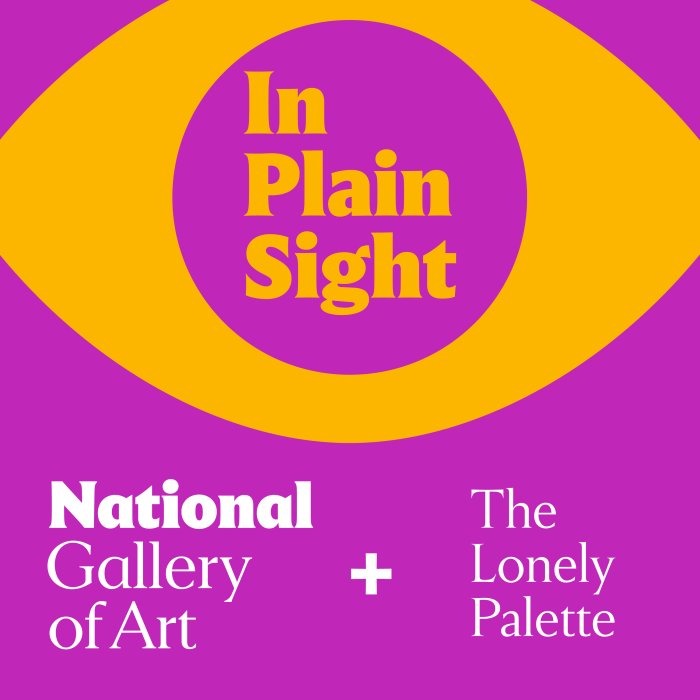
This episode shows how curators’ origin stories can become doorways for the rest of us. We follow museum visitors as they try to look as deeply into an artwork as curators do. And the visitors find themselves surprisingly moved. Even by cows.
Because that’s the real lesson here: the tools you need to connect with historic art aren’t academic—they’re human. Every work is someone’s first spark, full of beauty and questions. The key is learning to look closely.

Storytellers in Residence
Storytellers can help us understand art in new ways. We invited two to spend a week at the museum and explore art that inspired them.
You may also like
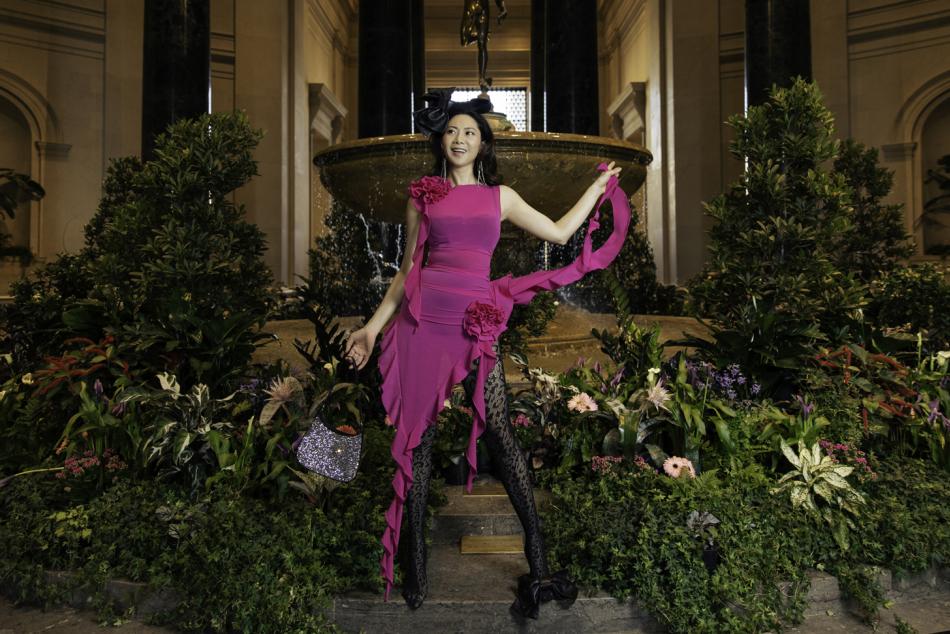
Article: A Fashionable Spin on Spring in Art
Social media influencer Holly Pan's fashion-forward visit to National Gallery spaces that remind her of spring.
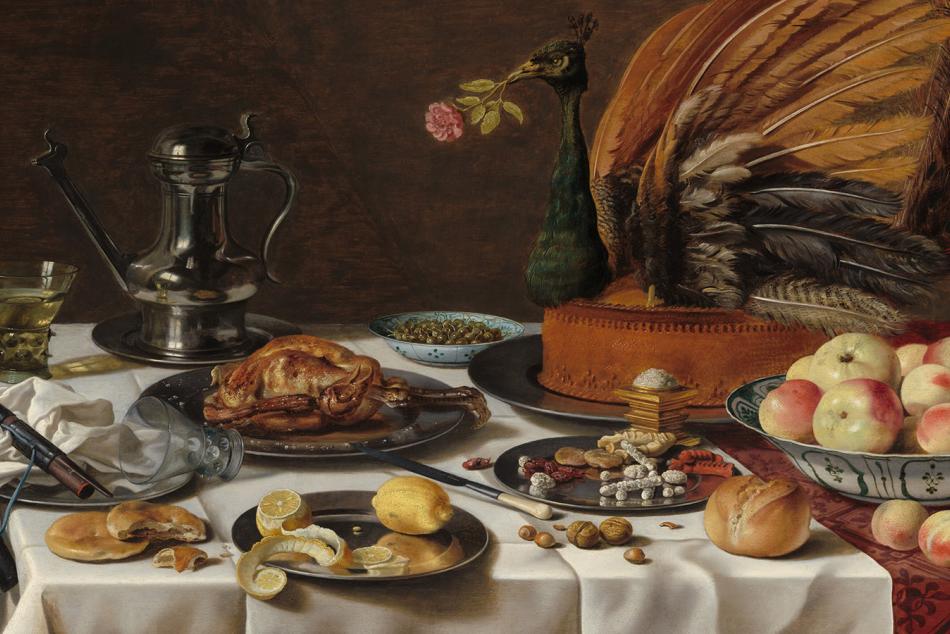
Article: The Deadly Business of the Dutch Quest for Salt
The salt we see in 17th-century still lifes was central to the Dutch economy—and Dutch colonialism.



